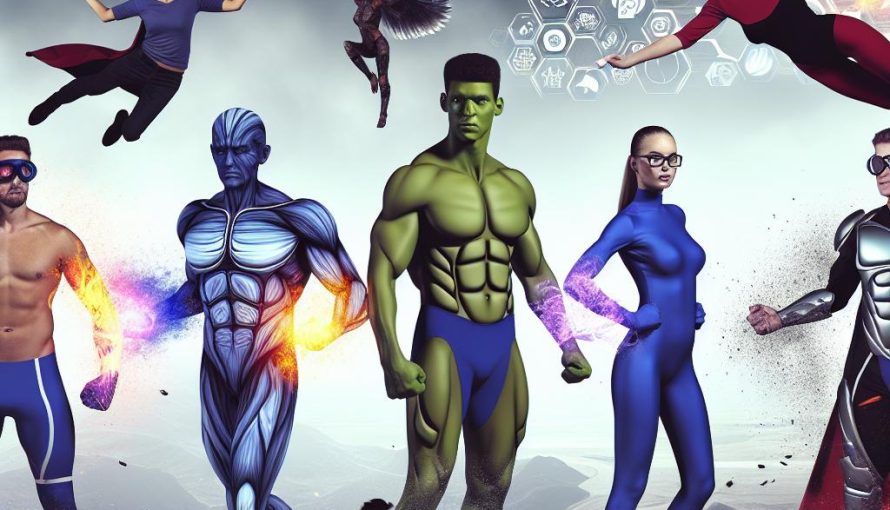The Avengers

The Origins of The Avengers
The Avengers, a team of superheroes from Marvel Comics, represent one of the most iconic and influential groups in comic book history. They first made their appearance in The Avengers #1, published in September 1963. This groundbreaking series was the brainchild of two legendary figures in the comic book industry, writer Stan Lee and artist Jack Kirby. The creation of The Avengers was not coincidental; it came as a direct response to the success of DC Comics’ ensemble superhero team, the Justice League. Stan Lee and Jack Kirby aimed to bring something similar to Marvel’s readers—a team composed of Marvel’s mightiest heroes.
The original lineup of The Avengers included Iron Man, Thor, Hulk, Ant-Man, and the Wasp. These heroes were already popular individually, but their union under the banner of The Avengers proved to be a masterstroke. Over time, the team has seen an ever-evolving lineup, featuring a broad range of characters from across the Marvel Universe. This continuous development has kept the series fresh and exciting, allowing it to adapt to the times and the shifting interests of its audience.
Early Storylines and Objectives
From the outset, the intent behind forming The Avengers was clear: to unite Marvel’s most powerful superheroes to face threats that were too immense for any solo hero to confront alone. This collaborative approach to heroism set the stage for stories that emphasized cooperation and joint action. The early storylines often revolved around themes such as teamwork, responsibility, and the difficulties inherent in balancing personal disputes with the need to fight off external adversaries.
The Avengers found themselves pitted against formidable foes like Loki, who was instrumental in their formation in the very first issue. Other significant villains included Kang the Conqueror, a time-traveling antagonist whose presence posed unique challenges to the team, and Ultron, a robot with evolving AI and a profound association with the team itself, born out of the mind of member Hank Pym.
Expansion of the Team
One of the defining characteristics of The Avengers is the dynamic nature of its membership. The team has seen numerous additions since its inception. Captain America is one of the most significant early additions, joining the team in their fourth comic issue. Despite not being part of the initial lineup, he quickly became a pivotal figure within the team, often regarded as its moral compass and leader.
Other noteworthy members who have joined The Avengers include Hawkeye, known for his unmatched archery skills, and Black Widow, whose espionage experience brought a unique edge to the team. Vision, an android with a complex relationship with his creators and fellow members, added depth and emotional weight to the team’s dynamics. Scarlet Witch emerged as a character with one of the most intricate power sets, capable of altering reality. Black Panther brought not only his physical prowess but also his royal stature and the resources of Wakanda.
Each new member introduced to the team has brought distinct strengths and perspectives, enabling The Avengers to tackle a diverse array of challenges across different storylines.
Significant Story Arcs
Throughout their history, The Avengers have been at the center of numerous acclaimed story arcs that have captivated readers and significantly impacted the wider Marvel Universe. One of the most celebrated arcs is the Kree-Skrull War, which unfolded in the early 1970s. This storyline showcased a galactic conflict between two powerful alien races, with Earth’s mightiest heroes caught in the crossfire, adding layers of interstellar drama and political intrigue to their narrative.
Another ground-breaking storyline is The Infinity Gauntlet, a tale of immense power struggles as the Mad Titan, Thanos, seeks the Infinity Stones to bend reality to his will. This storyline not only tested the limits of the team but also introduced profound themes of love and loss alongside feats of cosmic scale.
Avengers Disassembled stands out as one of the more controversial and impactful arcs, dealing with betrayal and the collapse of trust within the team. It put the heroes through their paces both emotionally and physically, forcing them to confront the essence of their unity.
These story arcs have not only explored the capabilities and limitations of the team but also examined the moral and ethical ramifications of their actions on a global and cosmic scale.
The Avengers in Other Media
The influence of The Avengers extends far beyond the pages of comic books, having been adapted into various forms of media, most notably in film and television. The most visible and successful adaptation came with Marvel Studios’ The Avengers in 2012. Directed by Joss Whedon, the film assembled for the first time on the silver screen many of the core members of the team, effectively mirroring their comic book origins.
The film’s success was both critical and commercial, establishing The Avengers as key figures within the Marvel Cinematic Universe (MCU). It broke box office records and resonated with a global audience, bringing comic book stories and characters to mainstream popularity. This success paved the way for a series of sequels and interconnected films, creating a massive cinematic narrative that continued to explore and expand on the rich history initiated in the comics.
For fans wishing to delve deeper into the expansive lore of The Avengers, Marvel’s official website provides extensive resources, including detailed character biographies and updates on both the comic book series and their cinematic counterparts.